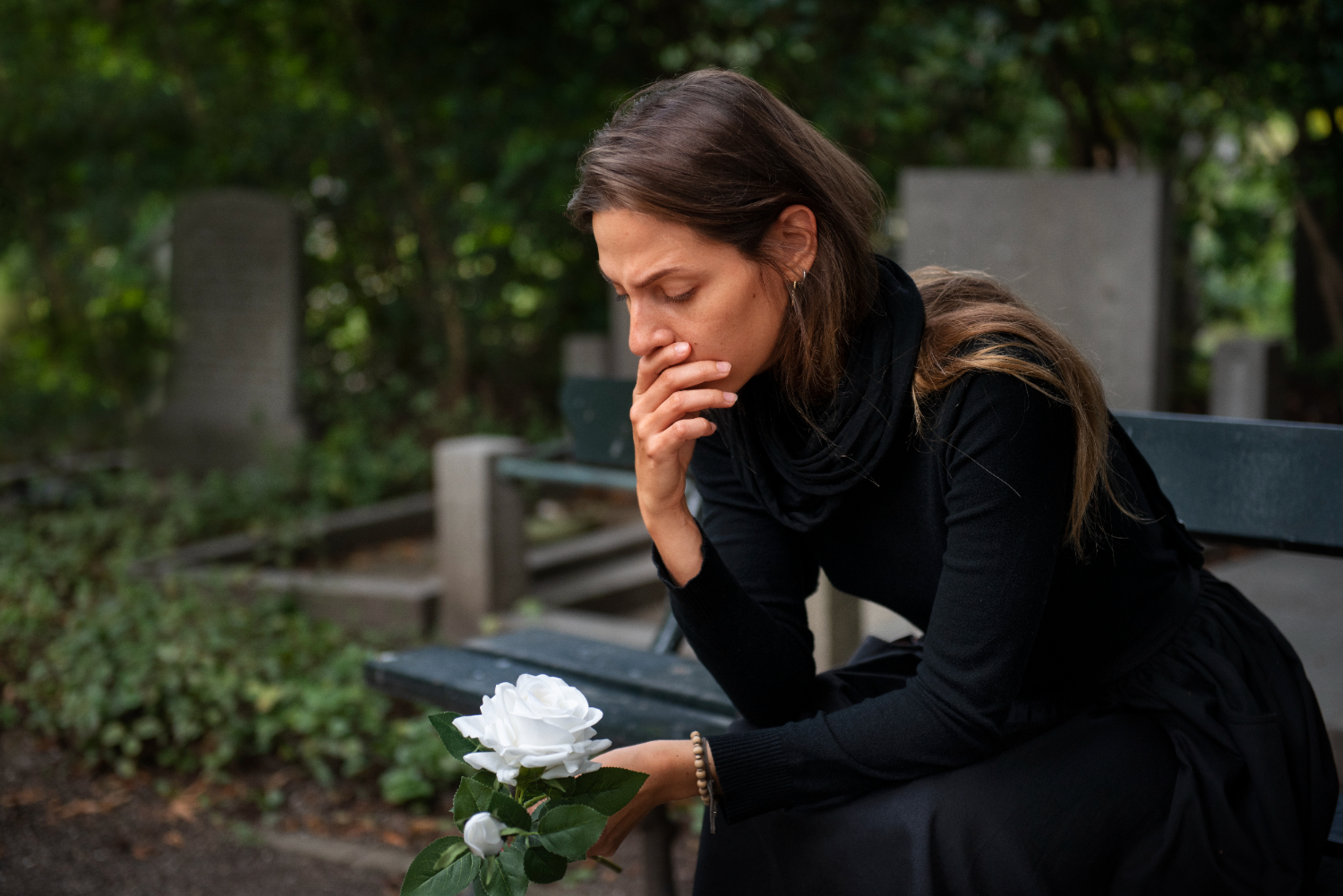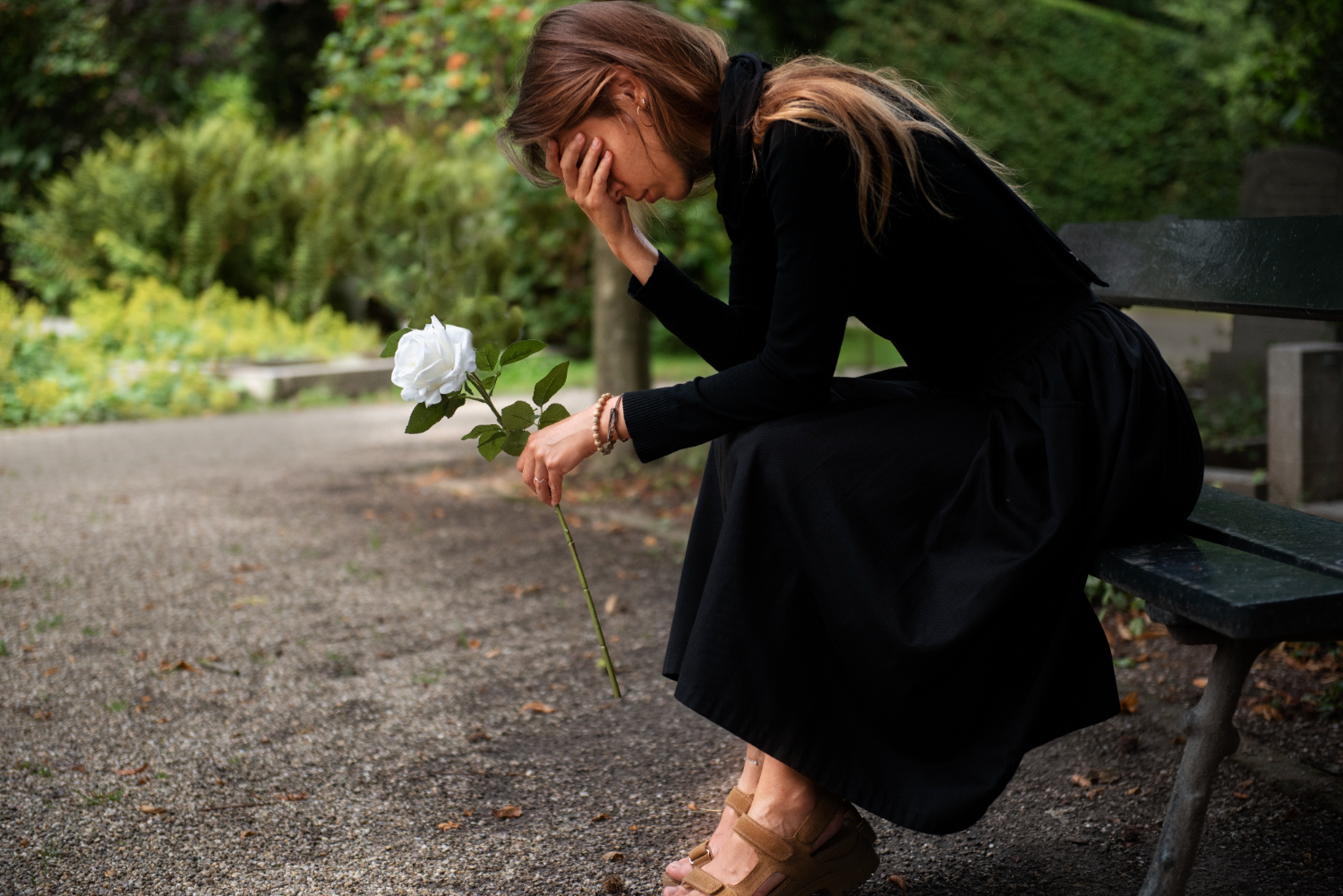The Unexpected Triggers—When Grief Comes Without Warning

I thought I was doing okay today. The morning was quiet. I made coffee. I stepped outside and felt the warmth of the sun on my skin. For a brief moment, I felt… steady. Then, without warning, grief arrived. It wasn’t one of the big things—an anniversary, a birthday, a holiday. It was something small. A scent. A song. A laugh from a child passing by. One second, I was fine. The next, I was gasping for air, as if grief had wrapped its hands around my throat and pulled me under. I never know when it’s coming. That’s the cruel part. I can be in the middle of a conversation, in line at the store, even in the rare moments when I’m laughing. And then, suddenly, the world tilts, and I am back in the pain as if no time has passed at all.
Table of Contents
The Invisibility of Triggers
No one else sees it when it happens. To the outside world, I look the same. I may keep talking, keep smiling, keep moving through the motions. But inside, I am breaking. Because how do you explain that a certain smell can rip you apart? That a child’s giggle can bring you to your knees? That a single word, a familiar face, a forgotten object in the back of a drawer can undo weeks of fragile progress? I don’t know how to stop it. Maybe I can’t. Maybe grief doesn’t work like that. Maybe I am meant to feel it when it comes—to let it crash over me, to surrender to its weight, and then, when I am ready, to rise again.
Learning Tools: Navigating Unexpected Grief Triggers
Triggers are unavoidable. They are woven into the world around us, waiting in places we least expect. The goal isn’t to avoid them—it’s to learn how to meet them with compassion.
1. The “Pause and Breathe” Method
When a grief trigger hits, stop what you’re doing, even for a moment. Place a hand on your heart and take a slow, deep breath. Say to yourself:
“This is grief. It is here. I am allowed to feel it.”
“I am safe in this moment.”
“This feeling will pass, even if it doesn’t feel like it right now.”
2. The Safe Place Visualization
Close your eyes and imagine a place where you feel safe—real or imagined.
It could be a quiet beach, a childhood home, a peaceful forest.
Picture yourself there, breathing, being held by the safety of this space.
Let yourself stay there for a few moments, allowing your nervous system to settle
3. Creating a Grief Safety Plan
Examples:
Step outside for fresh air.
Text someone who understands.
Hold a comforting object that reminds you of love, not just loss.
Keep this list somewhere easy to access. When grief catches you off guard, let it guide you back to steadiness.
Guided Meditation: Riding the Wave of Grief
Find a quiet place. Close your eyes. Take a deep breath.
Imagine yourself standing on the shore, watching the waves roll in. Each wave represents a
grief trigger—unexpected, strong, sometimes overwhelming.
As a wave approaches, you do not fight it. You do not run. You stand steady, allowing it to wash
over you.
The water rises, it touches you, it moves through you. But then—just as it came—it recedes.
You are still here.
You whisper to yourself:
“Grief is a wave. It moves through me, but it does not consume me.”
“I am allowed to feel, and I am allowed to heal.”
“I am safe in this moment.”
As you breathe, the ocean becomes calm again. You feel your feet grounded, steady.
When you are ready, take a deep breath, gently open your eyes, and return to the present moment.
Grief will come. But you will rise again. Every time.
Created By: Bethany Orrick
Recommended Blogs
 Blogs
Blogs The Gift of Small Moments—Finding Light in the Midst of Grief
The Gift of Small Moments—Finding Light in the Midst of Grief Grief has a way of shrinking the world.In the...
 Blogs
Blogs When the World Moves On—Feeling Left Behind in Grief
When the World Moves On—Feeling Left Behind in Grief Life has a way of moving forward, even when you feel...
 Blogs
Blogs When the Grief is Too Much—Learning to Take a Break from the Pain
When the Grief is Too Much—Learning to Take a Break from the Pain Some days, grief is everywhere.It’s in the...
 Blogs
Blogs The Ache of Milestones—When Time Moves Forward Without Them
The Ache of Milestones—When Time Moves Forward Without Them Another birthday approaches. Another milestone passes.I find myself caught between two...
 Blogs
Blogs The Holidays Without Them—When Joy and Grief Collide
The Holidays Without Them—When Joy and Grief Collide The holidays are here, and the world feels different. Everywhere I look,...
 Blogs
Blogs The Unexpected Triggers—When Grief Hides in the Smallest Moments
The Unexpected Triggers—When Grief Hides in the Smallest Moments Grief is a shape-shifter. It doesn’t always show up in the...